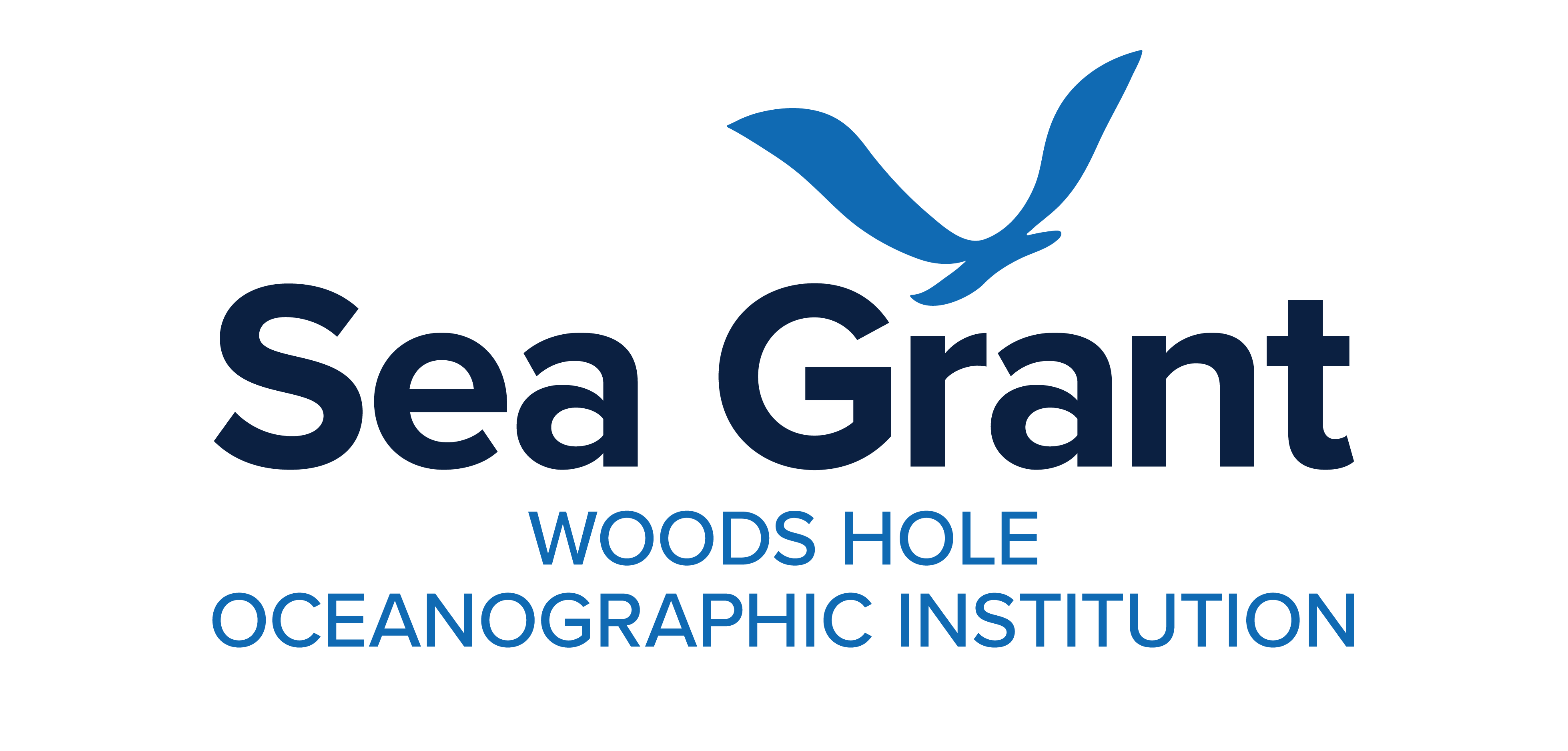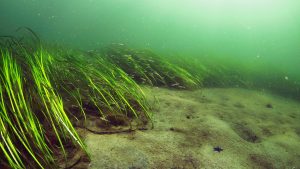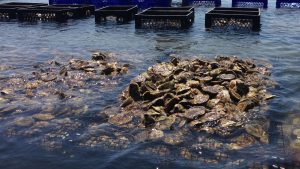Search results for: Best%20Offers%20%20800-299-7264%20%20Frontier%20Air%20Lines%20Book%20Ticket
WHOI-Q-05-002 Portfolio-Fisheries and Aqua
WHOI-Q-05-002 Portfolio-Fisheries and Aqua
Read MoreWHSeaGrant-fisheries2000-2006
WHSeaGrant-fisheries2000-2006
Read MoreSea Grant-funded Research: Sowing seeds of restoration
They’ve been called the nurseries of the coastal waters. Eelgrass meadows are crucial to the health of coastal ecosystems and the planet, providing essential habitat for marine life. In addition, they stabilize shorelines, improve water quality, and even contribute to climate change mitigation by absorbing and storing carbon dioxide. But across the globe, the planet…
Read MoreWHOI-R-96-013 Aguilera, A. Immunomagneti
WHOI-R-96-013 Aguilera, A. Immunomagneti
Read MoreMolecular Analysis of a RAPD Marker (B20) Reveals Two Microsatellites and Differential mRNA Expression in Penaeus vannamei
Molecular Analysis of a RAPD Marker (B20) Reveals Two Microsatellites and Differential mRNA Expression in Penaeus vannamei Garcia, D.K., A.K. Dhar, and A. Alcivar-Warren Molecular Marine Biology and Biotechnology, Vol. 5, No. 1, pp. 71-83, 1996 WHOI-R-96-001
Read MoreTeacher Workshop: December, 3 2021-Invasive Species
Marine Invaders: Green crabs and other local invasive species Presenters: Dr. Carolyn Tepolt, WHOI Biology Department – Invasive Species on Our Shores, Presentation Slides Dan Martino, co-owner, Cottage City Oysters – Invasive Species in Aquaculture, Presentation Slides Date: December 2021 Lesson Plans and Classroom Activities NOAA Live! 4 Kids recorded webinars: These…
Read MoreEvaluation of Coastal Erosion Hazards: Results from a National Study and a Massachusetts Perspective
Evaluation of Coastal Erosion Hazards: Results from a National Study and a Massachusetts Perspective Helpful to educators and students. WHOI Sea Grant Focal Points, 3 pp., 2001 WHOI-G-01-003
Read MoreSea Grant 2019 Aquaculture Funding Opportunities
The National Sea Grant College Program (NSGCP) has announced three federal funding opportunities (FFOs) to advance U.S. aquaculture for FY2019. Two of the three require a Sea Grant partner in order to submit the proposal for funding consideration from the NSGCP. The third FFO does not require a Sea Grant partner, however, WHSG is willing to…
Read MoreWHOI-Q-05-003 Portfolio-Estuarine and Coas
WHOI-Q-05-003 Portfolio-Estuarine and Coas
Read MoreIdentification of Proliferating Cells in Hard Clams
Identification of Proliferating Cells in Hard Clams Hanselmann, R., R. Smolowitz, and D. Gibson Biol. Bull., Vol. 199, pp. 199-200, 2000 WHOI-R-00-005
Read More

